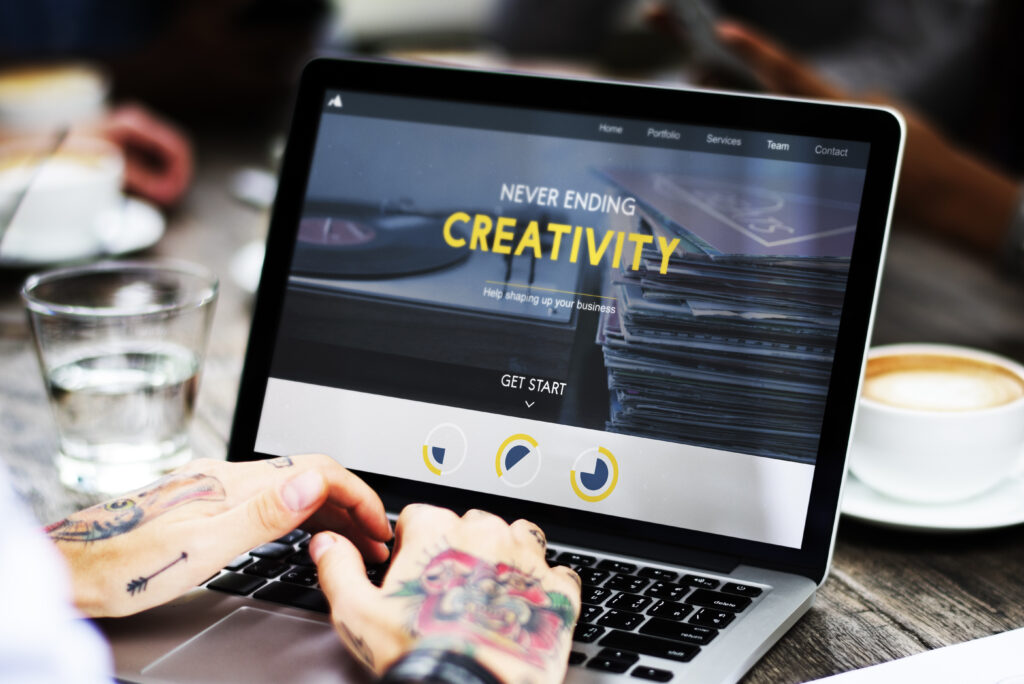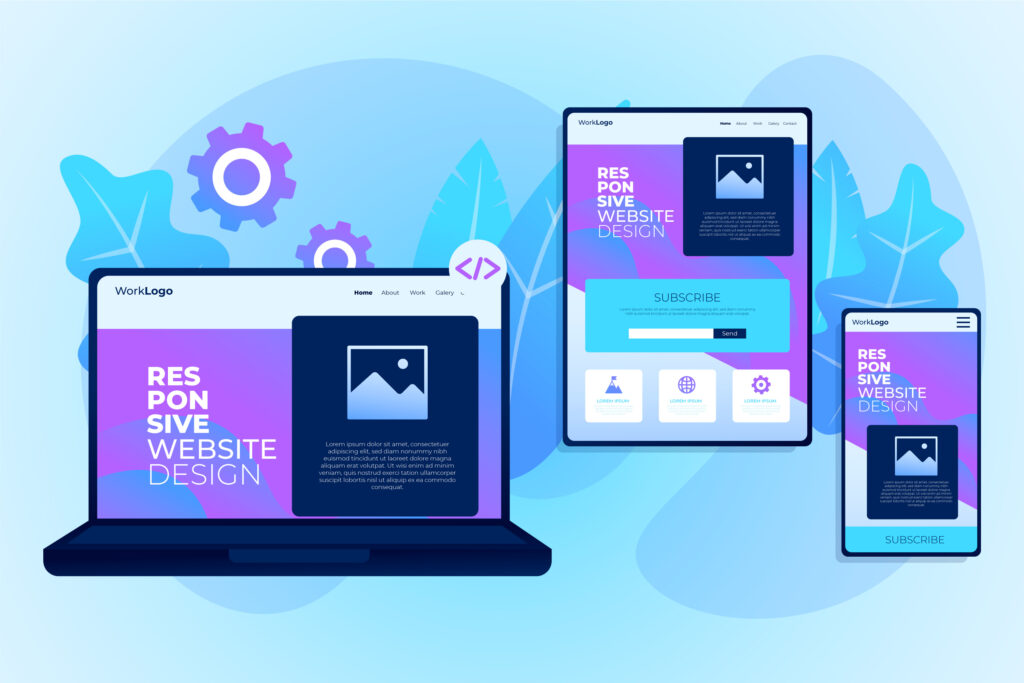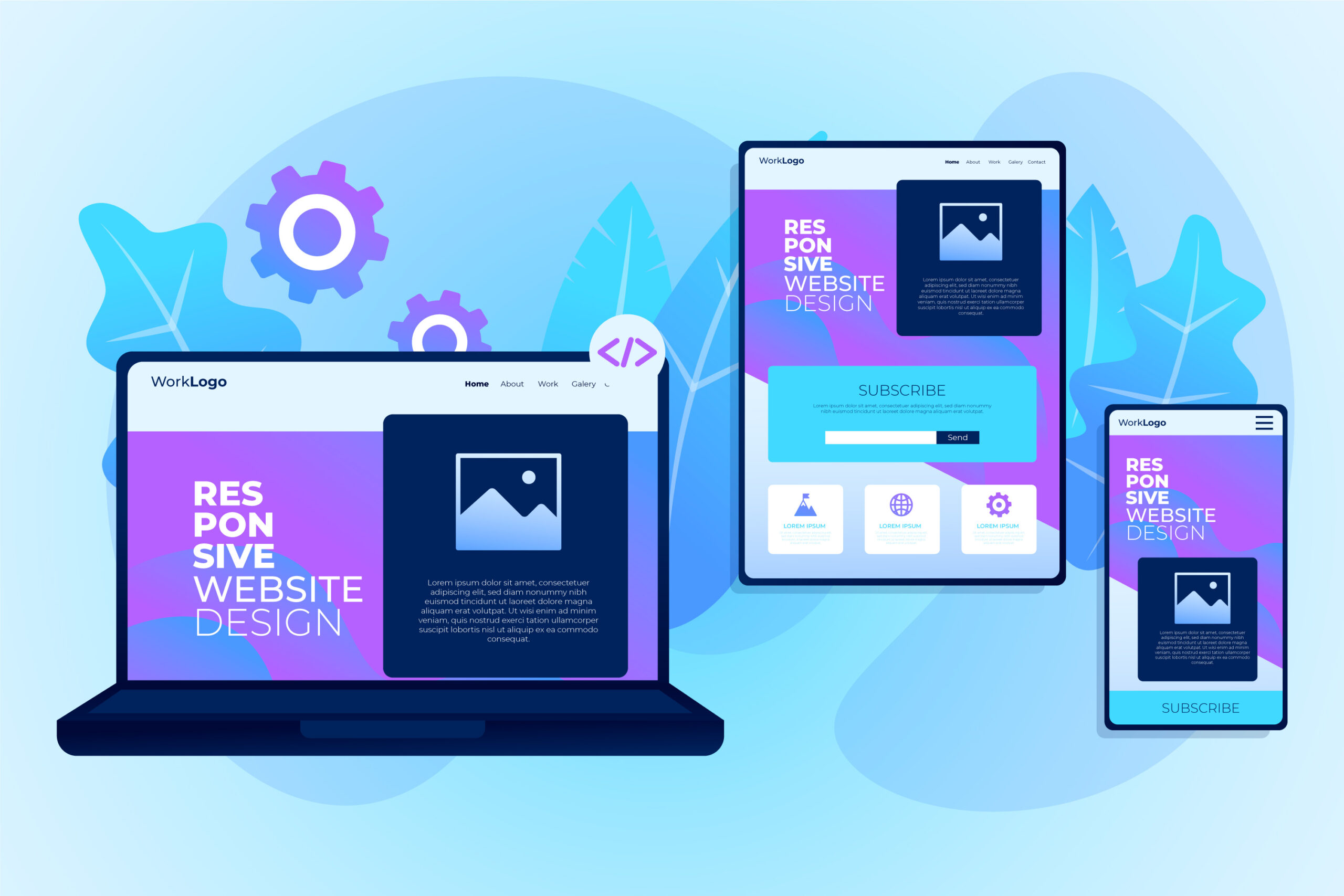Disclosing the Top 5 Benefits of Web Designing to Transform Your Online Presence
In the current digital era, when the internet is the main entry point for both individuals and corporations, site design is extremely important. Your website is more than just an online storefront; it’s your online storefront and the public face of your brand. Creating a visually appealing website is only one aspect of creating a great web design; other factors include deliberately improving user experience, maximizing functionality, and eventually changing your online presence. Let’s explore the 5 primary benefits of web designing that can completely transform your online presence.

Improved UX (user experience):
In terms of site design, user experience is king. Visitors must be expertly guided through a process of discovery, engagement, and conversion on your website. An intuitive navigation system on a well-designed website makes it easy for users to find what they’re looking for. Every facet of design, from arrangement to element placement, influences the user experience as a whole.
Think about the effects of responsive design, which guarantees that your website works and is available on a range of screens and devices. Making user experience (UX) a top priority helps you build strong relationships with your audience and win their trust and loyalty. A satisfying browsing experience encourages users to stay put, investigate, and eventually perform desired actions, like buying something, subscribing to your newsletter, or getting in touch with your company.
Building Trust and Credibility:
Your website acts as a virtual ambassador for the legitimacy and expertise of your company. A old or badly designed website can turn off potential clients by giving the impression that it has been neglected or is incompetent. On the other hand, a contemporary, eye-catching website gives your audience confidence and communicates your seriousness about your online presence.
You may gain your audience’s trust by using smart design features like eye-catching imagery, succinct text, and user reviews. Adding trust signals to your resume, like certificates and security badges, increases your trustworthiness. By making a professional web design investment, you establish your brand as a reliable authority in your sector and demonstrate your dedication to quality and excellence.

Enhanced Search Engine Optimization (SEO):
Being seen is crucial in the wide digital landscape. In addition to drawing in users, a well-designed website also gains favor with search engines. When seamlessly incorporated into the design process, search engine optimization (SEO) approaches can greatly improve your website’s exposure in search engine results pages (SERPs).
Different design components affect your SEO performance in different ways, such as improving page speed, using responsive design, and optimizing site structure and metadata. For example, search engines prioritize mobile-friendly websites, which results in higher rankings and more organic traffic. You may increase your online exposure and attract more targeted traffic to your website by coordinating your design plan with SEO best practices.
Higher Rates of Conversion:
In the end, your website’s success depends on its capacity to turn visitors into subscribers or buyers. The optimization of conversion rates is largely dependent on web design, which strategically directs people towards desired behaviors. Persuasive calls-to-action (CTAs), simple forms, and expedited checkout procedures allow you to eliminate obstacles to conversion and promote smooth interactions.
You can continuously improve and optimize your website for maximum conversions with data-driven design techniques and A/B testing. You may increase the return on investment (ROI) of your online initiatives by unlocking latent potential through user behavior analysis, pain point identification, and iterative design improvement. Careful design decisions are essential to conversion optimization since every design element—from typography to color selections—influences user perception and behavior.

Flexibility & Expandability:
Because of the rapid changes in the digital arena, websites must be flexible enough to grow and change with the latest trends and technological advancements. A well-designed website is a dynamic platform that can change to meet the demands of your audience and business, not just a static piece of art. Your website needs to be scalable and adaptable in order to handle increasing traffic, add new features, and enhance functionality.
Using content management systems (CMS) and using modular design concepts will enable you to effectively maintain and update your website. In the always evolving digital landscape, you can make sure that your website stays current and competitive by keeping up with new design trends, technology developments, and user preferences. Adaptability is important for web design since it allows for smooth interaction with third-party services and responsive design.

Benefits of Web Designing:
Finally, it should be noted that benefits of web designing is a broad field that has the ability to completely change your online image and grow your company. You may maximize conversions, build credibility, optimize for search engines, embrace adaptability, and prioritize user experience to fully realize the potential of your website. Investing in a professional website design is not only a wise decision, but also a necessary strategy for success in the online sphere as the digital landscape changes.




